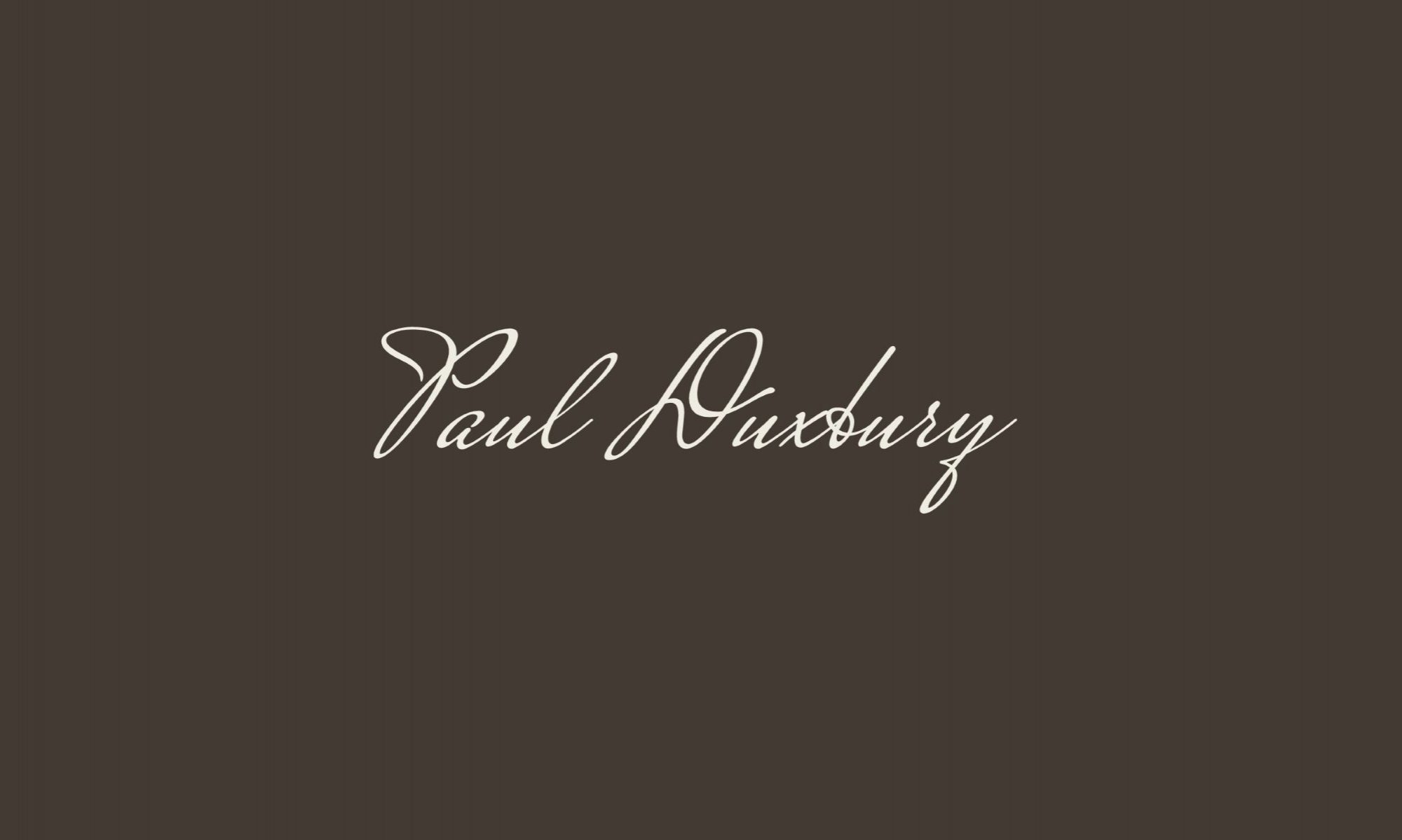The topic of personal presentation is one that has come up in a number of articles of late and is also a question which several people have asked me about – especially those who like me are currently looking for a new role. For me it is about much more than just wearing the right clothes and goes much deeper which is why I want to take a look at it in some more detail.
You’re probably familiar with the phrase, “painting yourself in a positive light.” If not, this particular saying has a great deal to do with the task of presenting yourself to others in an upbeat fashion. You’ll find it to be extremely important, especially in a business setting.
There’s no way around it. The way you act around people definitely influences how they feel about you. To be polite, when negative feelings are involved, some individuals choose to keep their opinions to themselves. This is acceptable, because they are well within their rights to do so. Unfortunately, others won’t hesitate to tell you what they REALLY think about you. Sometimes, it’s a vicious world out there! You need to be prepared.
In addition, there’s the possibility of the uncomfortable issue of rumors and gossip. Once one or the other gets started, it typically spreads like wildfire with no end in sight. Presenting yourself in a positive way helps to reduce the chances of these problems popping up.
The good news is this. It’s entirely possible to change a person’s first impression of you, simply by altering your personal presentation. This won’t work 100 percent of the time, of course, because nothing is guaranteed. However, you’ll no doubt see a change for the better the vast majority of the time.
Your Level of Self-Esteem
Your level of self-esteem is vital when it comes to how the public views you, in all kinds of situations. It’s important to remember that self-esteem requirements aren’t static. In other words, different scenarios demand varying levels of this much-needed attribute. Underlying personal stress (if any) and the specific audience you interact with both play a role in the outcome of the day’s presentation. No two will ever be the same.
If you feel as though you have low self-esteem, you’re certainly not alone. Millions of individuals share the same opinion of themselves. The good news is this: it IS possible to raise your self-esteem. Here are a few suggestions.
- Self-worth has little to do with a person’s abilities or talent. Don’t be afraid to frequently remind yourself about all of the things you excel at. Better yet, do something that you’re good at, something that holds your attention. This allows you to relax and to feel more competent about things to come.
- As surprising as it may seem, low self-esteem is often the result of thinking about yourself too much. Finding something else to focus on when you’re feeling a bit down, just might be all it takes to put you in the kind of cheery mood audiences appreciate.
- Learn relaxation techniques. Relaxing magically makes your brain less emotional. Consider taking up meditation or self-hypnosis. If you want to try something a bit more strenuous, tai chi is a great option. Devoting as little as an hour a day to relaxation can really make a difference.
- Don’t fall prey to the comparison trap. You’re not doing yourself any favors when that happens. There’s always going to be someone else who has more than you. Focus on you and any recent accomplishments you’ve made instead.
- Promote kindness; it’s guaranteed to boost your self-esteem. It doesn’t have to be a huge gesture in order for you to feel the boost. Holding the door for someone, paying for a stranger’s cup of coffee, or taking a minute to encourage a friend are just three of many ways to make kindness matter.
- Everyone occasionally makes mistakes. When it happens to you, try to handle the situation in a positive way. Do your best to find the upside of your dilemma. Many times, the repercussions of making a mistake are not as bad as you envision them to be.
- Transform your home into a personal oasis. Fill it with your favorite things… music, books, candles… all of the things that relax you and shut out all of the hastiness of the day.
Just to be clear, never confuse self-esteem with confidence. Both are extremely important. But, they are two different things.
